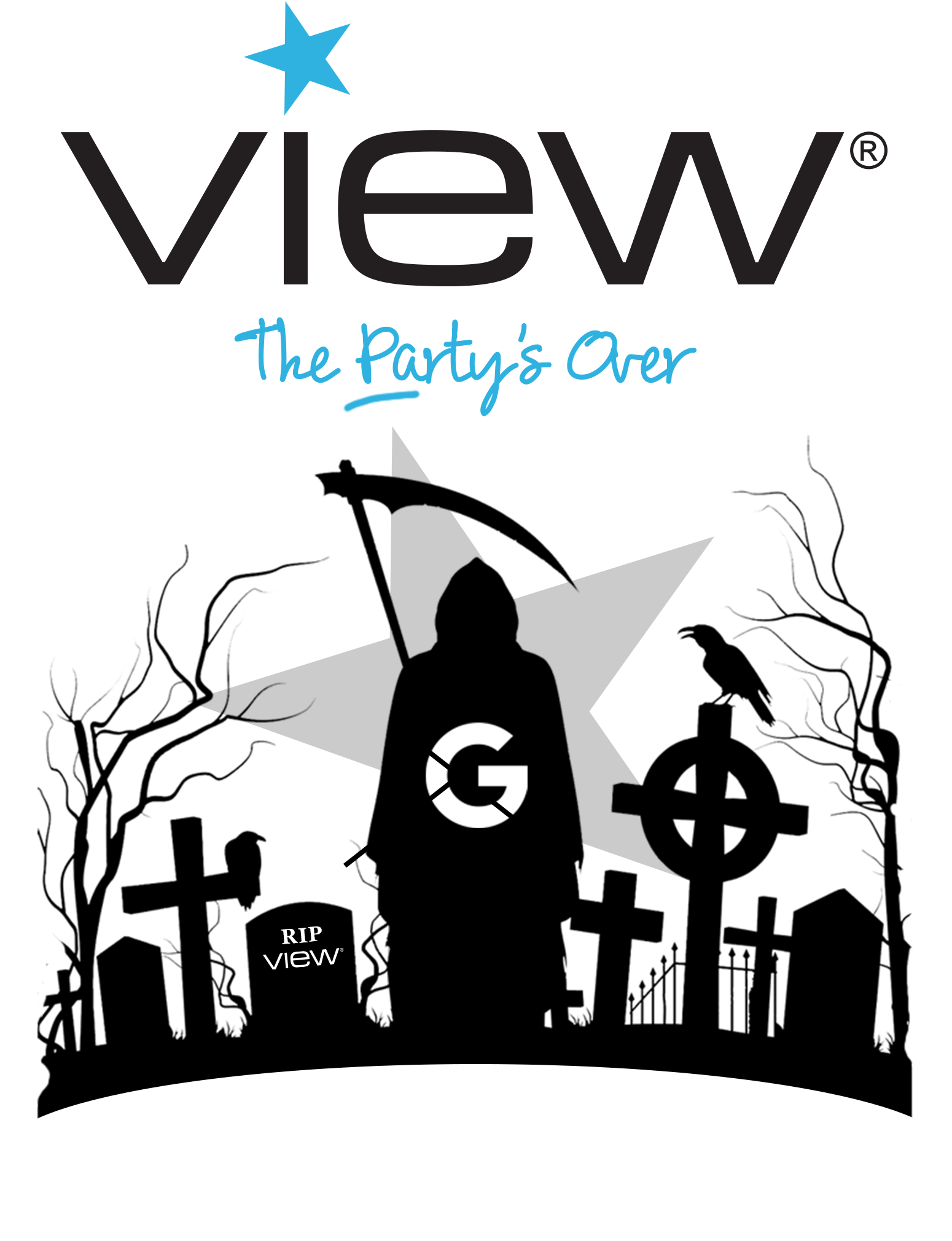
With regret we have made the difficult decision to shutdown View, we would like to thank all the team who worked here and all our users for making this journey possible.
All the best!
The View Team
2000 - 2019

With regret we have made the difficult decision to shutdown View, we would like to thank all the team who worked here and all our users for making this journey possible.
All the best!
The View Team